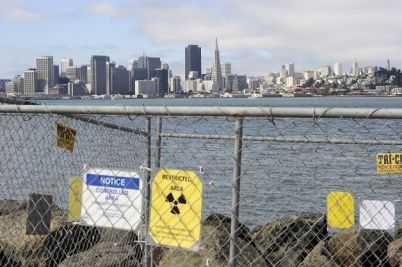[CHEMISTRY | Week #4] Transition Metal & Green Chemistry
Transitional Metals of the Week: Zinc and Copper
I registered into our chemistry class late, so missed out on the discussion related to this assignment. I'm going to assume that we were to identify a transitional metal on the periodic table that we engaged with for the week. I chose two transitional metals, zinc and copper, which combined make brass. (My question is if those transitional metals are combined to make an alloy metal, is it still considered a transitional metal? I had trouble answering this question in my research.)
I've been building my relationship to different elements as a way of re-grounding and re-connecting to the earth. Brass in particular is special to me because I wear a set of bracelets and a necklace from the Philippines made by indigenous groups on the islands. They are adornments from two different tribes, the Igorot (Northern Luzon) and T'Boli (Southern Mindanao) who use brass to construct jewelry and instruments. They believe brass calls in their ancestors, serves as protection and is also used ceremonially.
I've been building my relationship to different elements as a way of re-grounding and re-connecting to the earth. Brass in particular is special to me because I wear a set of bracelets and a necklace from the Philippines made by indigenous groups on the islands. They are adornments from two different tribes, the Igorot (Northern Luzon) and T'Boli (Southern Mindanao) who use brass to construct jewelry and instruments. They believe brass calls in their ancestors, serves as protection and is also used ceremonially.
Green Chemistry
I've never heard of green chemistry, so learning about it through the framework of the "12 Principles of Green Chemistry" was helpful. I was curious to know who developed it and why. This is what I found:
"The aim of green chemistry is to reduce chemical related impact on human health and virtually eliminate contamination of the environment through dedicated, sustainable prevention programs. Green chemistry searches for alternative, environmentally friendly reaction media and at the same time strives to increase reaction rates and lower reaction temperatures."
"The green chemistry concept applies innovative scientific solutions to solve environmental issues posed in the laboratory. Paul T. Anastas, an organic chemist working in the Office of Pollution Prevention and Toxins at the EPA, and John C. Warner developed the Twelve Principles of Green Chemistry in 1991. These principles can be grouped into "Reducing Risk" and "Minimizing the Environmental Footprint."
To what extent are corporations held accountable to manufacturing products that fit the 12 Principles of Green Chemistry? How are institutions and policy makers working with this framework to move towards sustainability as a nation? I think as a society, we are doing much better at using green alternatives and minimizing waste, however there is still such a long way to go. Going green is also cultural! I remember moving to Los Angeles and wondering why there weren't any options for recycle and compost waste products. Its a privilege to live in the Bay Area where folks are open minded and forward thinking about being eco-friendly, however it is our responsibility as a national and global community to care about our planet. I am curious to see when the 12 Principles of Green Chemistry will go mainstream. I was reading a little bit about it here!





Comments
Post a Comment